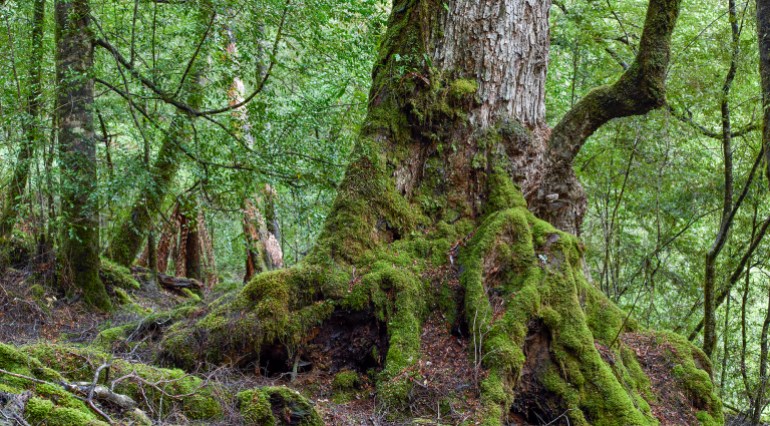Emitting a tonne has bigger impact on atmospheric CO2 than removing a tonne, modelling suggests
Emily Chung · CBC News · Posted: Jun 28, 2021

Countries around the world are counting on the net-zero strategy of removing carbon to cancel out an equal amount of emissions to help them meet climate targets. But a new study by researchers in British Columbia suggests the math might not be that simple.
What does net-zero emissions mean?
Net-zero emissions or carbon neutrality means that any emissions of greenhouse gases produced are "offset" or cancelled out by the removal of emissions.
Emissions can be removed from the atmosphere through natural methods, such as planting trees and restoring wetlands, or technical approaches, such as direct-air carbon capture. (It doesn't include carbon capture at a source, such as a power plant, which simply reduces emissions.)
Removing carbon is seen as a way to deal with:
Emissions that are very hard or costly to eliminate, such as those from air travel, long-distance shipping, cement, steel and fertilizer production.
Emissions that have already been produced that are expected to cause us to overshoot climate targets before the global climate is stabilized.
Who has pledged to get to net-zero emissions?
Under the Paris Agreement on climate change, the world is to become carbon neutral between 2050 and 2100.
In fact, according to the United Nations, 131 countries have now set or are considering a target of reducing emissions to net zero by 2050, along with many companies, cities and financial institutions. They include Canada and Canadian oilsands producers.
WATCH | Canadian oil producers aim to reach net-zero emissions by 2050:

Canadian oil producers aim to reach net-zero emissions by 2050
"The assumption is that a tonne of carbon dioxide into the atmosphere is balanced by a tonne removed from the atmosphere," said Kirsten Zickfeld, professor of climate science at Simon Fraser University in Burnaby, B.C. and lead author of a new study published last week in the journal Nature Climate Change.
Zickfeld suspected that this might not be the case. So she and her colleagues did some climate modelling experiments that were specially designed to test that idea.
Why did researchers think removing a tonne might not cancel out emitting a tonne?
Because they know many processes in the Earth's climate system are "non-linear," Zickfeld said. For example:
As carbon dioxide increases, so does plant growth. But plants can only speed up their growth so much before it levels off, no matter how much extra CO2 is added.
The ocean can absorb some of the extra carbon dioxide emitted into the atmosphere. But as atmospheric concentrations rise, the ocean is less and less able to absorb the extra CO2.
Scientists had already seen hints that this might mean carbon emission and removal were asymmetric — that is, the amount of impact they might have for the same quantity of CO2 might be different.

But because it wasn't something they were specifically looking for, there were a lot of factors that make it impossible to get a clear answer about that, said David Keller, a scientist at the GEOMAR Helmholtz Centre for Ocean Research in Kiel, Germany, who wasn't involved in the new study but does related research.
He said Zickfeld's study is the first designed to actually find out if carbon emission and removal of the same amount of CO2 actually cancel each other out.
How did the researchers do that?
In order to get a clear answer, the researchers used a climate model of "intermediate complexity."
Keller said it was an appropriate model for what they were looking for, keeping things simple enough to get a clear answer to the question they were asking.
WHAT ON EARTH?14 people are mapping Canada's path to net-zero emissions — can they do it?
The researchers added and removed buckets of between 100 billion (about three times the annual global emissions in 2020) and a trillion tonnes of CO2 emissions. Zickfeld said that's about the range of emissions that we're expected to need to remove to meet the lower Paris target of a temperature that's 1.5 C warmer than pre-industrial times.
They then looked at the climate impact in the following 1,000 years.
What did they find?
The study showed that if you remove and emit the same amount of CO2, you end up with a higher atmospheric CO2 concentration than if you had emitted no CO2. That is, the result is not net zero.
"And that asymmetry increases the more we emit and we remove," Zickfeld said.
Nor does it change with time — the difference still exists 1,000 years later.

Why?
Zickfeld said the two "non-linear" processes mentioned before — the change in plant growth and ocean absorption with rising CO2 — were the main culprits.
The researchers found that the change in temperature associated with addition and removal of the same amount of CO2 was also not the same as if the CO2 was never emitted, but the difference was smaller.
CBC EXPLAINSCarbon capture: What you need to know about catching CO2 to fight climate change
Zickfeld said the researchers also couldn't be sure which case had the higher temperature. In this experiment, it looked like the case with no emissions, but the preliminary results of other experiments show the opposite.
"This is a first step," Zickfeld said. She added that more study is needed to work out the details, such as exactly what amount of removal would be needed to offset a given amount of emissions.
What does this mean for net-zero commitments and calculations?
Zickfeld said we need to be more cautious when we think about offsetting emissions with carbon dioxide removal, as the Earth is complex and there are many geophysical systems that we don't take into account.
"The risk is that we end up with a climate that is not stable, and then potentially we risk blowing the temperature targets if we do not take these effects into account," she said. "My take really is that because of all these uncertainties in the system, I think the focus should really be on reducing carbon dioxide emissions."
Keller said Zickfeld's study is important because of what it shows for the first time, but more work needs to be done on the topic. In fact, he's currently running similar experiments with different models.
OPINION
Canada's oilsands producers form alliance to achieve net-zero emissions by 2050
While this particular study might not be relevant to policy-makers, Keller said they should become aware that carbon removal is not the exact opposite of adding CO2 to the atmosphere.
Holly Buck, an assistant professor of environment and sustainability at the State University of New York at Buffalo, said the findings are relevant to the discussion about how to implement policies to reach net-zero goals.
She foresees research such as this allowing for a mathematical correction in the future to match a certain amount of emissions with a certain amount of removals to ensure they cancel out.
"This is a first step that should be putting this on policy-makers' radar," Buck said.
ABOUT THE AUTHOR

Emily Chung
Science and Technology Writer
Emily Chung covers science and technology for CBC News. She has previously worked as a digital journalist for CBC Ottawa and as an occasional producer at CBC's Quirks & Quarks. She has a PhD in chemistry.
/https://www.thestar.com/content/dam/thestar/news/world/2021/07/01/arctics-last-ice-area-shows-earlier-than-expected-melt/20210701110736-60dde1b425fc7a41a397fcbdjpeg.jpg)

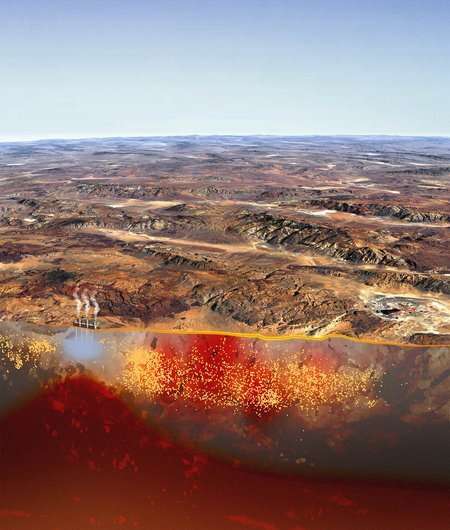

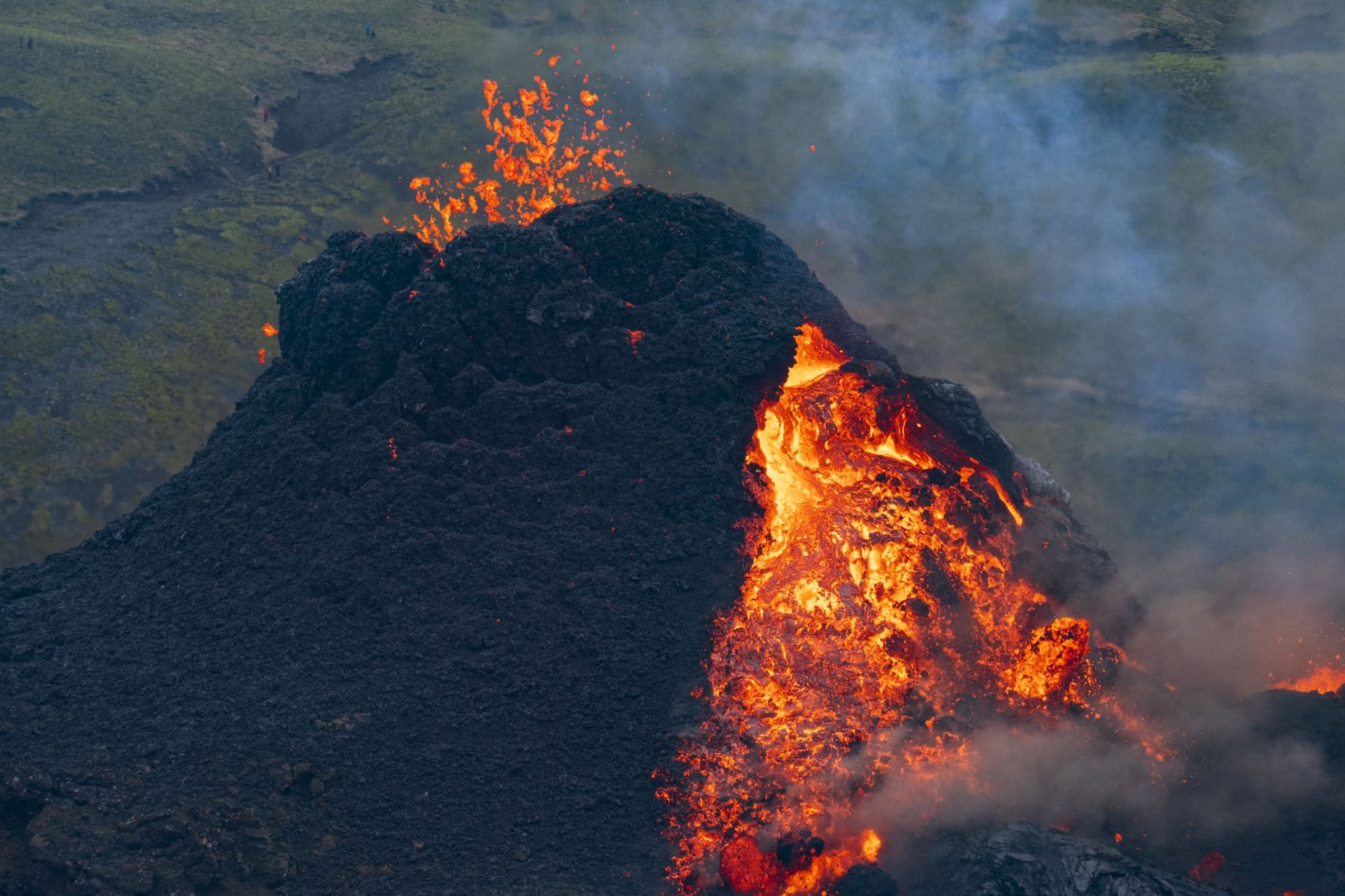
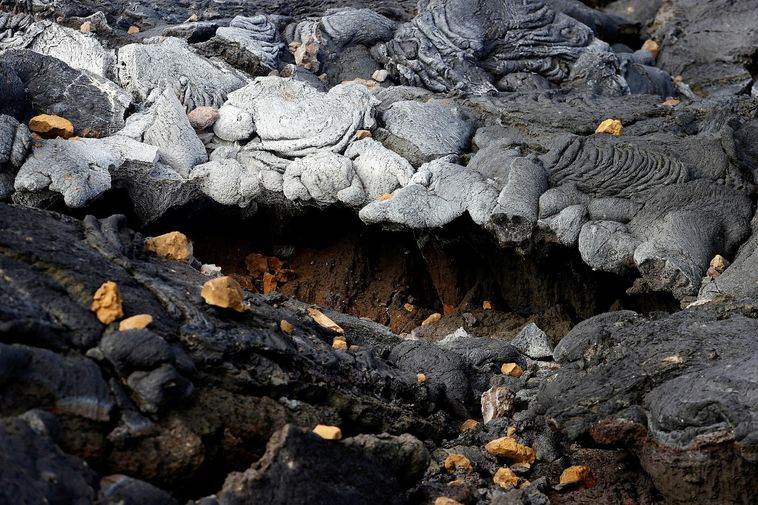
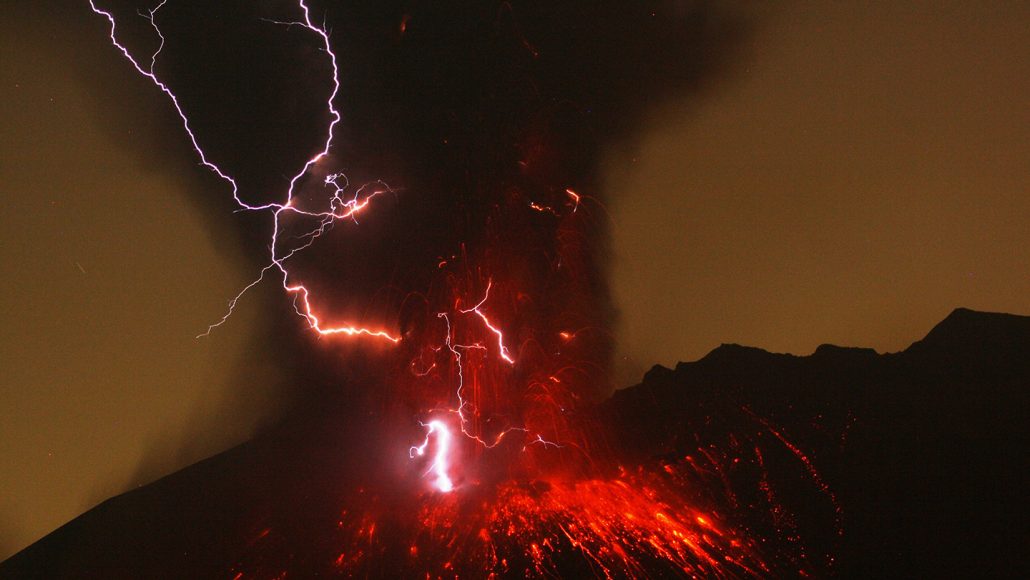
 Chinese-owned MMG wants to build a new Tailings Storage Facility (TSF) at the Rosebery mine in Tasmania [Courtesy of Bob Brown Foundation]
Chinese-owned MMG wants to build a new Tailings Storage Facility (TSF) at the Rosebery mine in Tasmania [Courtesy of Bob Brown Foundation]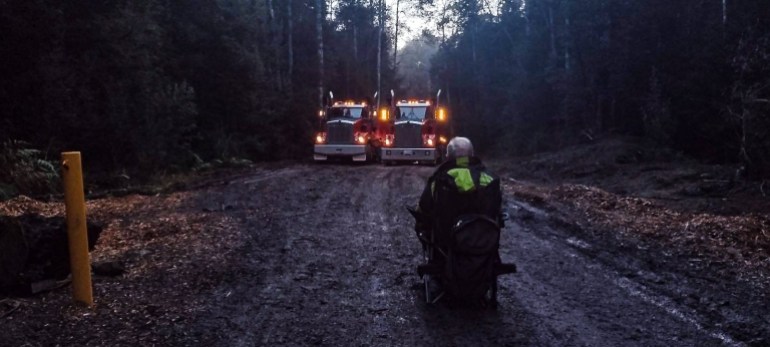 Anthony Houston stages a blockade to prevent MMG vehicles from accessing the planned site of a new waste storage facility [Courtesy of Bob Brown Foundation]
Anthony Houston stages a blockade to prevent MMG vehicles from accessing the planned site of a new waste storage facility [Courtesy of Bob Brown Foundation]